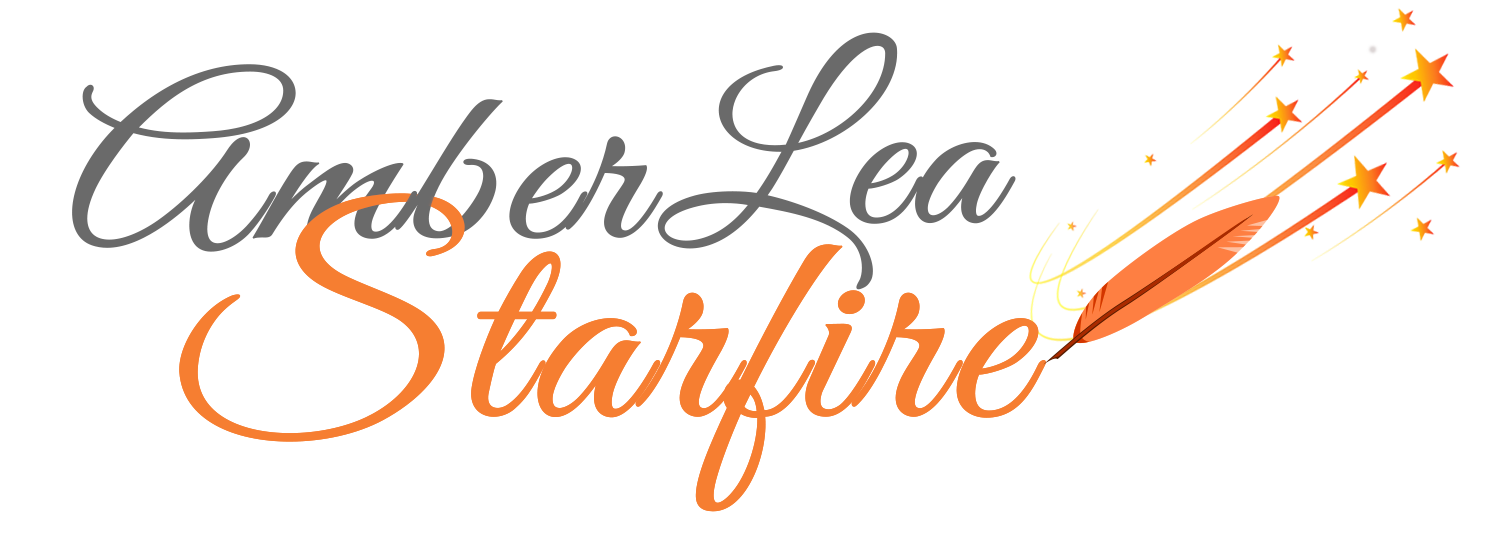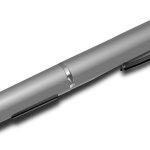SO YOU STARTED THE YEAR OUT STRONG. You created your big rock goals, developed an action plan for accomplishing those goals and scheduled time on your calendar. You review your plan frequently to keep yourself motivated. Sure, you’re not perfect, but you’re making progress, and that’s what counts.
In fact, if you’ve made any progress at all, I hope you feel good about it. Celebrating wins, however small, helps you to keep perspective and to persist — both qualities that are important for achievement.
Finding and using tools to help you with your tasks is also important to your productivity. By “tool,” I mean anything that can help you do your work faster and more efficiently, or increase its quality.
Why would a writer need tools other than a pen and a piece of paper, or a computer and word processing program?
For the same reasons a gardener might need more than seeds and a trowel: to make the work easier, to improve the soil, and help the plants grow faster and healthier.
Sure, you can achieve your writing goals with minimal equipment. But you might also struggle with keeping your ideas and many drafts organized. You might introduce errors into your manuscript through cutting and pasting, or have difficulty catching errors in grammar and sentence construction during the revision process. You might have difficulty staying on task because you get easily distracted by email and social media. Or, horror of all horrors, you could lose all your work when your hard drive fails.
The following list includes tools that I use or have used on a regular basis and that have helped me be a more productive (and organized) writer. I hope you will find them as beneficial as I have.
Tools for writing
- Scrivener – This is the ultimate writing and pre-publishing tool, especially for book-length projects. I use it for everything: books, blog posts, essays, and poetry. It’s better than Word (and exports to Word as well as many other formats for sharing your writing with others), and it’s cross-platform. Use it for organizing your thoughts, outlining, writing, tracking your progress, and more.
– - ProWriting Aid – Styled as “a grammar guru, style editor, and writing mentor all in one package,” ProWriting Aid does a great job of helping you identify and fix a number of problem areas in your writing.
–
- Grammarly is another writing assistant that has an excellent reputation. I’ve never used it but thought I’d include it in this list in case you want to try it out. I have several writer friends who swear by it.
–
- Evernote – While less robust than Scrivener when it comes to creative writing, Evernote is great for note-taking, gathering ideas, journaling, storing documents and other information. Click here to see the posts I’ve written about this great tool.
For backing up and sharing your work
- Dropbox – Backing up your most important documents to the cloud is essential. especially your writing. Even if you backup to a hard drive (which I also recommend), a fire or some other natural disaster could wipe out all your work. There are many ways to back up and share documents with others. I have used Dropbox for several years, and love it. It’s relatively inexpensive — I pay around $10/month for 1 TB of data, which is enough to backup everything including all my photos. I can use it to share folders and documents with others. And I never have to worry about permanently losing my work. In addition, it syncs with my computer, so I don’t have to be online to access my documents.
–
There are a lot of cloud backup options out there, including Google Drive and iCloud. If you don’t want to pay for a backup service, and you only want to back up your writing, many services offer limited storage (up to 15GB, which is a lot of words!) for free.
For task management and productivity
- *Nozbe – I honestly don’t know how I’d function without Nozbe, a project and task-managing application. If you, like me, are a busy bee, have a lot on your plate and are juggling many balls at all times (having fun with clichés), then you’ll love Nozbe. I use it to manage all my projects and due dates — from blogging and publishing deadlines to reminders for daily tasks. It’s cross-platform; you can access your do-to lists on your mobile devices, computer, or on the web. It is a paid application, but you can try it out for free to see if it works for you.
– - RescueTime – Ever wondered how productive you really are? Or how much time you spend on social media? RescueTime tracks your application and website usage, allows you to set goals, and provides weekly reports on your productivity — all for free. I’ve only used the free version, but they do have a premium/paid level, which also allows you to block distracting websites, keep a log of your daily accomplishments, and more.
–
Speaking of distractions, if you find that you tend to go down the rabbit hole of social media when you should be writing, then there’s an app for that, too.
- Freedom – Freedom is cross-platform and you can use it to block certain websites, applications, and/or the entire Internet for specified periods of time. You can schedule your sessions in advance and, if your willpower is weak, you can enable “locked mode,” which will not allow you to end a session. I’ve used it and it works.
–
Other, similar apps that I haven’t used but have good reviews, include Self-Control (Mac), Cold Turkey (Windows), Focus Booster (Mac/Windows/Web), StayFocusd (Chrome browser extension), and Focus (Mac).
For your health
Finally, if you, like me, spend long periods of time at a computer, you need to be sure to take care of your body.
 A sit-stand desk. While not cheap, a sit-stand desk can literally be a life-saver. Well, at least a back-saver. I have an Ergotron WorkFit-TL, Sit-Stand Desk, which cost around $400. It has really made a difference for me.
A sit-stand desk. While not cheap, a sit-stand desk can literally be a life-saver. Well, at least a back-saver. I have an Ergotron WorkFit-TL, Sit-Stand Desk, which cost around $400. It has really made a difference for me.
–
- A break-reminder. When you’re working on your computer or at your desk, it’s also important to take frequent breaks. There are a number of apps out there that can remind you and even, if you want, lock your screen temporarily to force you to take a break. I use Healthier (Mac), an inexpensive application that reminds you to take a break by activating a screen saver with at-desk exercises you can perform. If you’re a Windows user, perform a web search for “break reminder,” and you’ll discover a host of different apps that can work for you.
Obviously, this is not an exhaustive list of writing tools. I am not a software beta tester or reviewer, but I do enjoy using tools that help improve the quality of my work, make my work easier, and help me do more of what I love to do.
Do you have writing tools you find indispensable? Please share.








thanks, Amber, for such a comprehensive list and those gentle reminders that relate to productivity and wholeness as a person and writer. I’ve used Grammerly quite extensively as well as Evernote. I;’m curious about the other programs you mentioned. My Surface Pro recently suffered from a major illness and is on the brink of crashing altogether. Thankfully, I routinely back up critical files. I utilize OneDrive (similar to the Cloud) as well as a separate hard drive. My new HP laptop arrives today; I’m excited about discovering what it has to offer. And I need that reminder to take a break once in a while. Sometimes I push for too long and then stagger out of my office dumbfounded and in a state of shock. 🙂
Sara, You’re welcome. Something as simple as taking frequent breaks is so important for our bodies, as well as our minds. But it’s easy to get lost what we’re doing. I have some low-back and hip arthritis, and if I don’t get up and move around often, I get so stiff and “locked in place,” it actually hurts when I do finally move!
I used to be as big a fan as you of Evernote, but quit using it two or three years ago when they began requiring an upgrade to Premium for use on more than two devices and saving more than 60 MB per month. Devices include any computer, smart phone, or tablet. Premium includes a slew of services that duplicate other software I have and prefer. If they had a mid-range plan for adding extra devices without all the frills, I’d tumble for that, but it’s not worth $70 per year to me to do that.
Instead, I switched to Microsoft OneNote that’s included with Office and stores things on OneDrive, the Microsoft cloud service I rely on for everthing. OneNote is not nearly as robust as Evernote, and I don’t use it as much, but it will have to do.
Thanks for the update, Sharon. I’ve been a premium user of Evernote for a long time, so didn’t know that they changed their free version to restrict to two devices, which definitely changes its desirability as a free tool. I tried OneNote and didn’t like it, but then I’m a Mac user and one of my criticisms of it is that it had different features and looked different on different platforms — and, as is typical of Microsoft, the Mac version was woefully lacking in features that the Windows version had. But that may have changed, too.
This is a fantastic list of resources, Amber. Thank you!
You’re welcome, Stacy 🙂